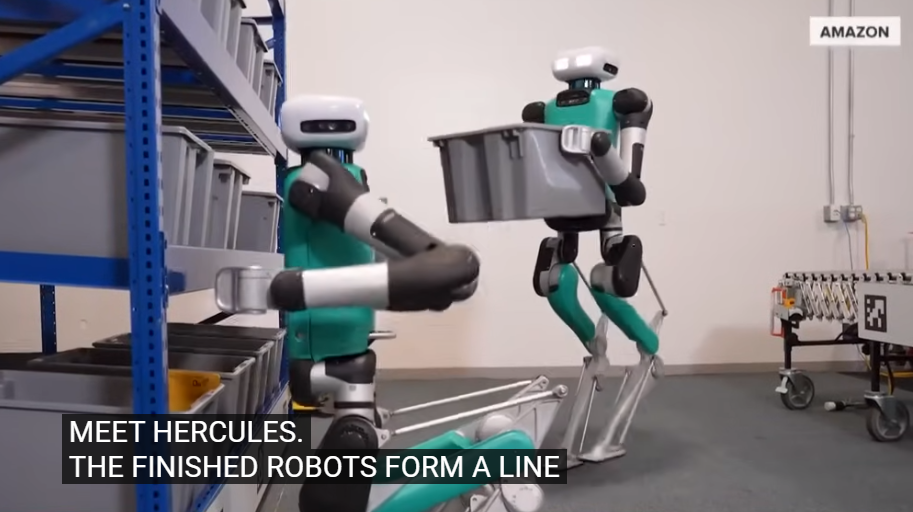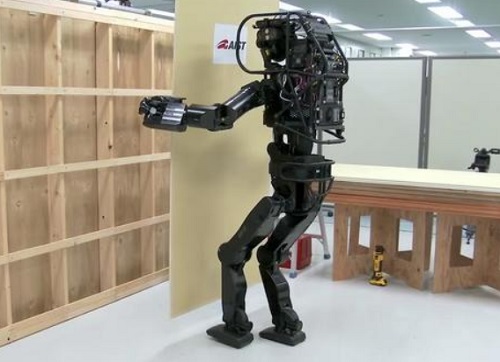
But it’s not only their jobs workers need to worry about; the NBER study suggests that introducing robots into the workplace decreases pay too. One robot per thousand workers reduces wages by around 0.25 to 0.5 percent.
Earning less than $20 an hour? You may be getting the pink slip soon
The workers most at risk of losing their jobs to robots are those being paid less than $20 an hour. A report released last year by the White House’s Council of Economic Advisers (CEA) said that workers who earn less than $20 an hour had an 83% risk of losing their jobs to automation, compared to a 31% risk for those earning $20 and $40 an hour, and a measly 4% for jobs that make more than $40 an hour. These numbers are attributed to the assumption that less-paid workers are involved in industries that are “predictable” and feasible to automation. Industrial robots, authors of the study say, “do not need a human operator and can be programmed to perform several manual tasks such as welding, painting, assembling, handling materials or packaging.” Researchers go on to add that “their positive impact comes from the productivity effect, while their negative impact is due to the direct displacement of workers by robots.”
Let’s talk numbers. A recent McKinsey report confirms the dangers automation has for the blue-collared employee. After analyzing more than 2,000 work activities for over 800 occupations, it was found that 59% of manufacturing activities could be automated. This includes 90% of the activities of welders, cutters, solderers, and brazers. Those in the food service and accommodations industry had a 73% risk, along with a 53% risk for those in retail, 47% for salespeople, and 86% for bookkeepers, accountants, and auditing clerks. The same report says that these numbers assert that predictable physical work (such as food preparation of packaging objects) can be technically done by a “mindless” robot. Conversely, “unpredictable” physical work like construction, forestry, or raising outdoor animals, requires a little bit more cognitive ability, and dramatically reduces the chance of being replaced by a robot. The risk of automation is highly unlikely in more mental occupations like those required for the education industry, healthcare markets (especially those that require expertise and direct contact with patients), and management jobs.
To reach these numbers, the CEA also assessed that wage is directly related to the worker’s risk of having their jobs taken over by a robot. “The median probability of automation was then calculated for three ranges of hourly wage: less than 20 dollars, 20 to 40 dollars, and more than 40 dollars,” said the report. It found that 44% of American workers with less than a high school degree hold more highly-automatable tasks compared to only 1% of people having a bachelor’s degree holding such a job. Chairman of the Council of Economic Advisers, Jason Furman mentions in an article in DailyMail.co.uk that the risk of having your job taken over by a robot “varies enormously based on what your salary is.”
Another factor to note is that automation of employment for men is around 1.5-2 times larger than those for women. Researchers say that this is because labor jobs are still dominated by men.
Sources include:
Please contact us for more information.























